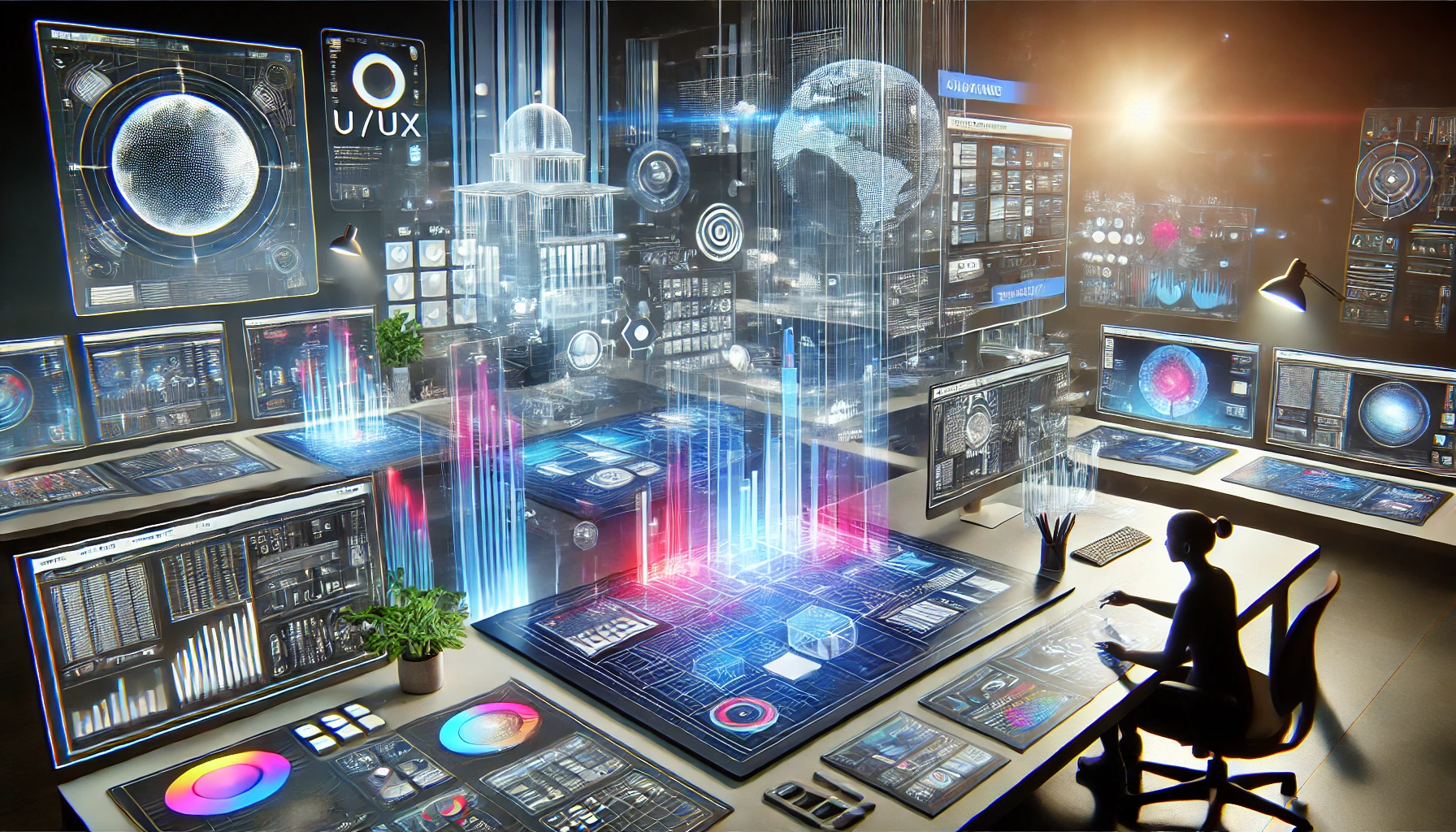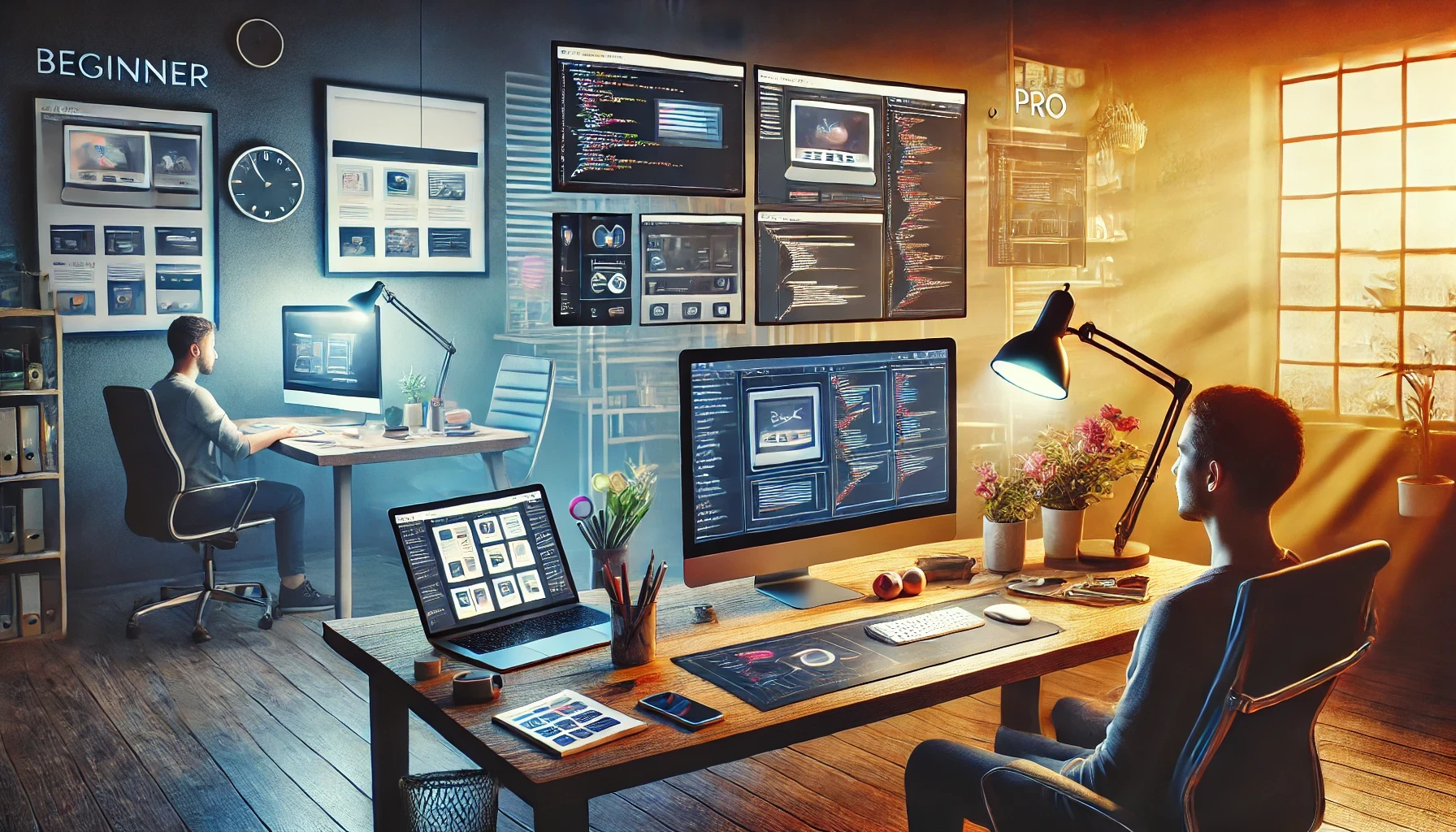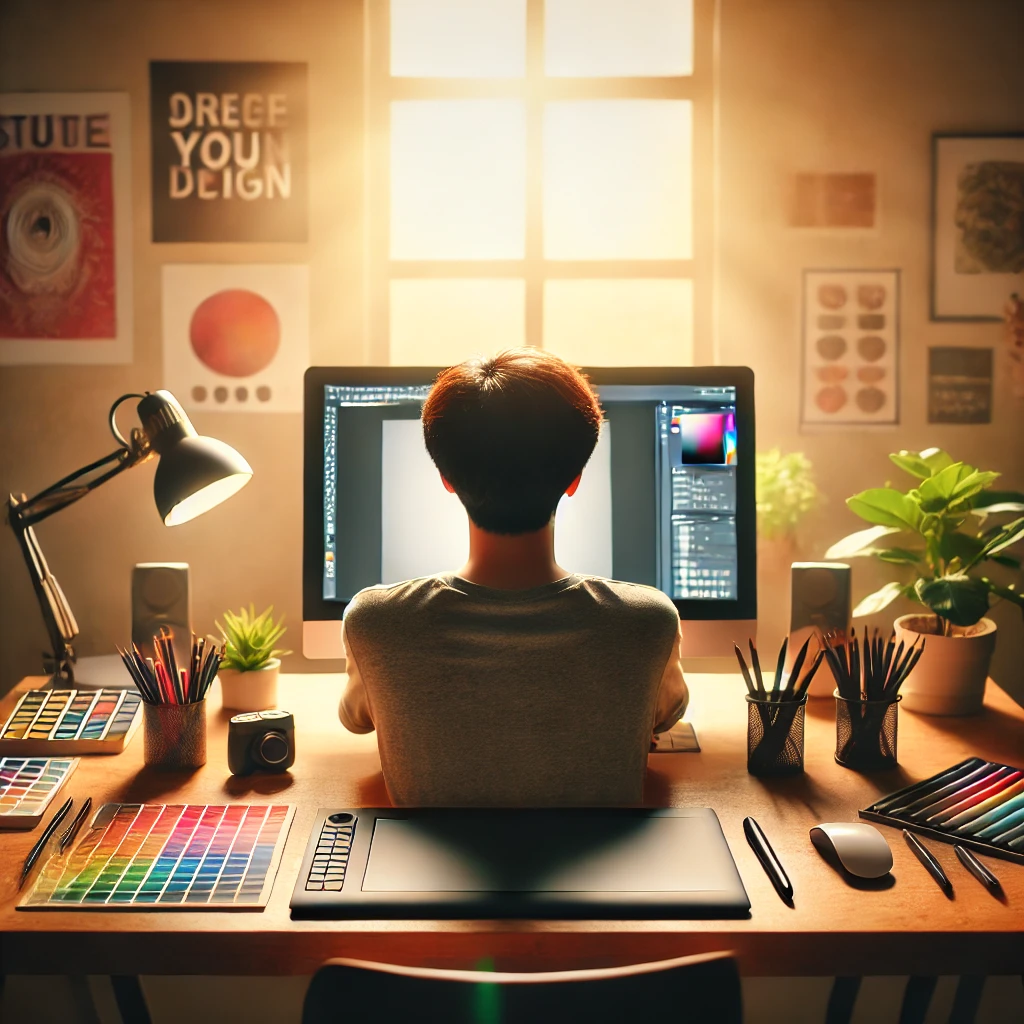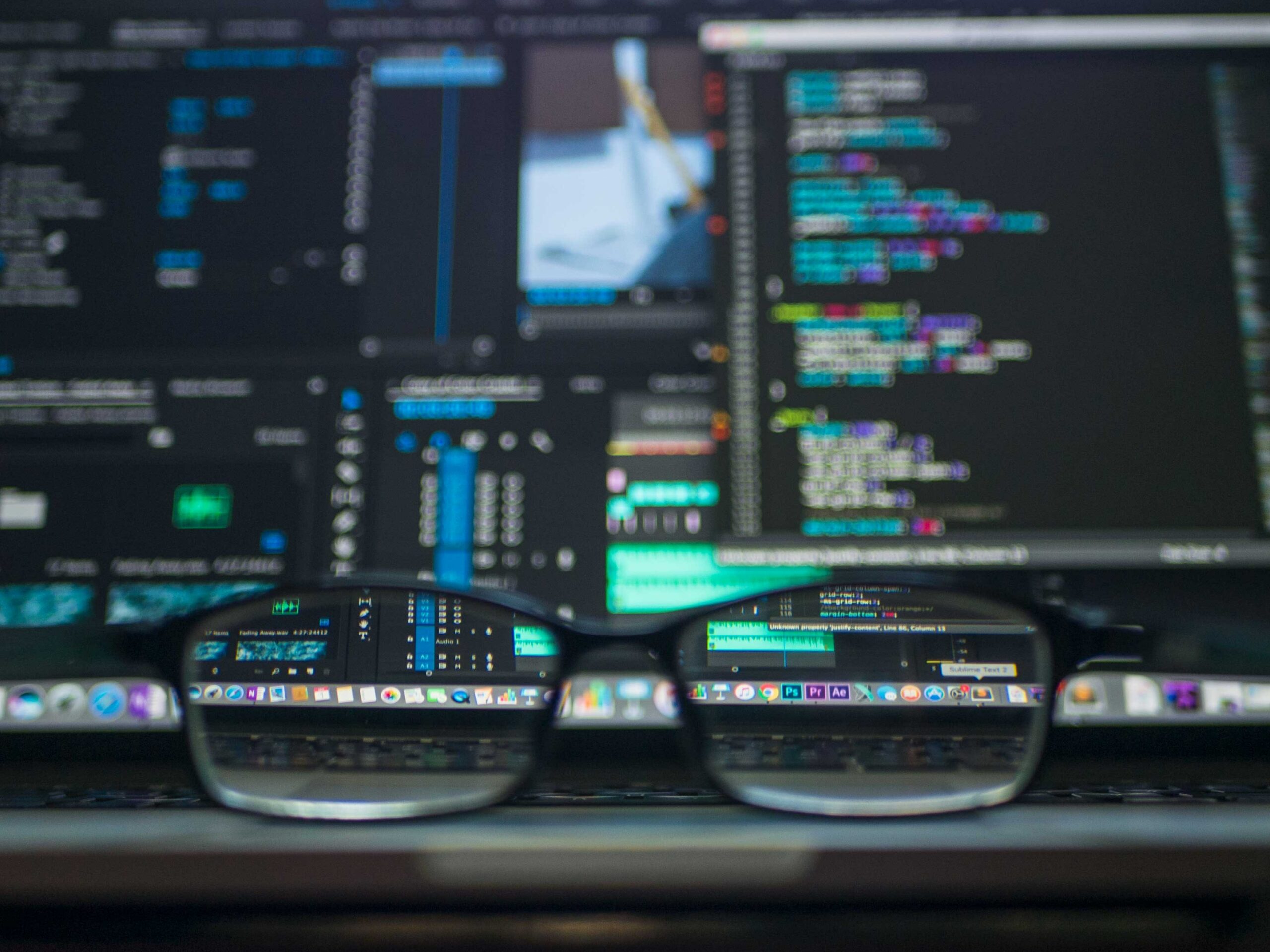The digital design landscape is evolving at lightning speed, fuelled by modern technology and constantly changing user expectations. For designers, keeping pace with these trends isn’t just a challenge—it’s essential for staying relevant in a competitive world. Yet, the sheer volume of innovations can leave even seasoned professionals feeling overwhelmed.
How do you differentiate between fads and transformative changes?
Which tools and techniques truly make a difference in shaping user experiences?
This post is your compass to navigate the future of digital design. From the impact of emerging technology to actionable strategies for staying ahead, we’ll discover the trends that matter most and how you can leverage them to craft designs that captivate, inspire, and innovate. Let’s explore what’s next and ensure you’re not just following the wave—you’re riding it.
The Role of Technology in Digital Design
Technology has become the backbone of digital design, transforming the way creatives approach their craft. From AI-driven tools to immersive AR and VR experiences, advancements in technology are reshaping what’s possible. It offers both challenges and opportunities.
Empowering Creativity Through AI
Artificial Intelligence is no longer a futuristic concept; it’s here and making a tangible impact. Tools like Adobe Firefly and Figma’s AI-assisted features streamline workflows, enabling designers to:
- Create mockups effortlessly.
- Generate colour palettes and craft layouts in seconds.
For example, use MidJourney for fast prototyping or generating creative design ideas from simple prompts.
Enhancing User Experiences with AR and VR
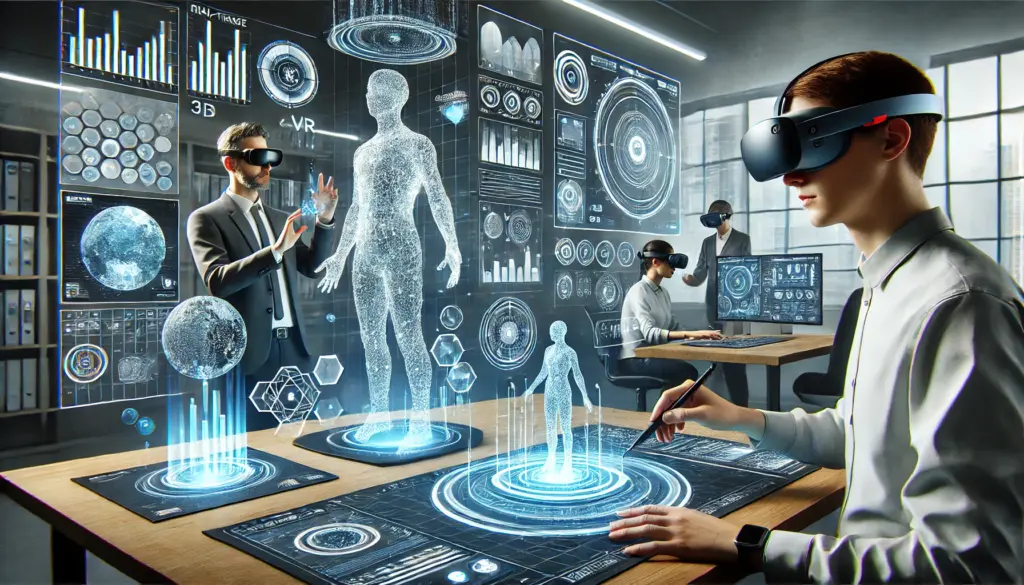
Augmented Reality (AR) and Virtual Reality (VR) are pushing boundaries in digital design. Examples include:
- IKEA uses AR apps to visualise furniture in customer spaces.
- VR platforms like Oculus create immersive environments for gaming, education, and virtual tours.
We recommend starting small with tools like Spark AR Studio or Unity for simple AR/VR applications such as augmented product previews.
Machine Learning for Personalisation
Machine learning algorithms are redefining how users interact with digital platforms by offering personalised experiences. Examples include:
Spotify’s personalised playlists.
Netflix’s dynamic recommendations.
Collaborating with developers can integrate personalised dashboards or adaptive interfaces for a seamless user experience.
Top Digital Design Trends to Watch in 2025
The world of digital design is set to evolve significantly in 2025, driven by shifting user preferences and emerging technologies. Here are the trends making waves and how you can incorporate them into your work:
1. Minimalism Meets Brutalism
Two seemingly opposite aesthetics—minimalism and brutalism—are dominating design:
- Minimalism: Clean, user-friendly interfaces.
- Brutalism: Raw, unpolished visuals that make bold statements.
Pro Tip: Balance these styles based on project goals. For instance:
- A tech product may favour minimalism for functionality.
- A fashion brand can leverage brutalism for edgy, eye-catching campaigns.
2. Immersive Experiences Through AR and VR
AR and VR are transforming industries:
- Nike uses AR to help customers visualise products in real-time.
- VR platforms offer training simulations in healthcare and engineering.
Actionable Tip: Use Unity or Spark AR to experiment with AR product previews or VR demos on your platform.
3. Sustainability Takes Centre Stage
Sustainable digital design is becoming a priority as users demand:
Eco-friendly websites.
- Lightweight designs that reduce server load and energy consumption.
Eco-Friendly Advice: Optimise your site’s code and use green hosting services for a lower environmental impact.
4. Dynamic Motion Graphics
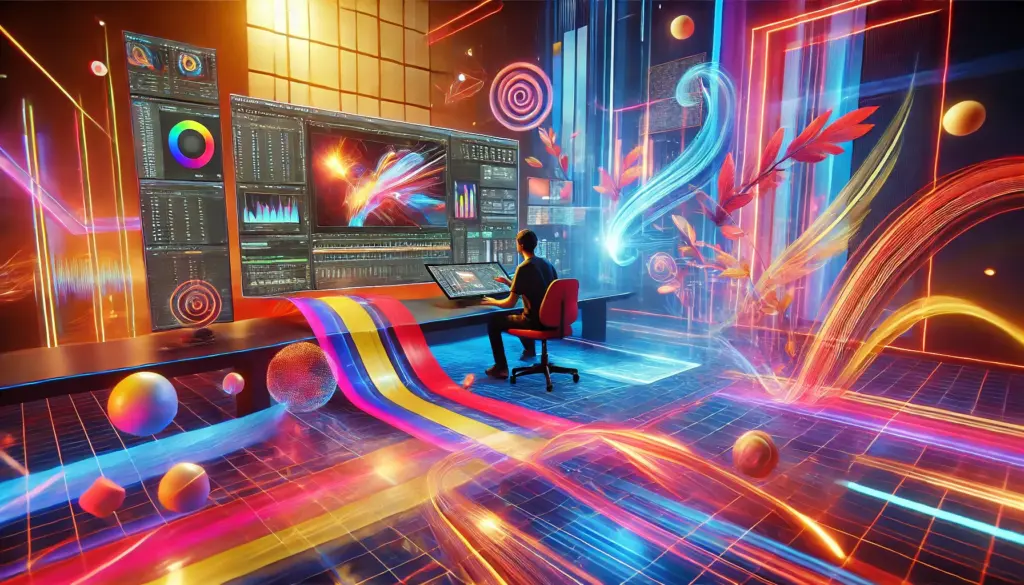
Motion graphics elevate user engagement by:
- Adding personality through animated logos.
- Guiding users with micro-interactions.
Creative Suggestion: Try After Effects for subtle animations, like bouncing buttons or hover effects, to enhance usability.
By embracing these trends, you can create designs that resonate with audiences and stay ahead in the ever-changing landscape of digital design.
Impact of Emerging Technologies on Digital Design
Emerging technologies are revolutionising digital design, pushing boundaries and opening new avenues for creativity and functionality. Designers who embrace these innovations can find solutions that not only meet current needs but also anticipate future demands.
AI as a Co-Designer
Artificial Intelligence is transforming the design process by automating repetitive tasks and offering data-driven insights. Examples include:
- Canva Magic Design and Runway ML for quick layouts and variations.
Quick Win: Use AI for rapid prototyping and automating layout adjustments to save time.
Blockchain for Digital Design
Blockchain is introducing decentralised solutions, particularly in digital art and design ownership:
- NFTs enable secure monetisation of creations.
Practical Insight: Use platforms like OpenSea or Rarible to create unique digital assets or protect intellectual property.
Designing for Wearables and IoT
Wearable devices and IoT demand new approaches:
- Smartwatches require simplified, glanceable interfaces.
- IoT devices need intuitive connectivity.
Helpful Tip: Prioritise usability by focusing on essential information and touch-friendly elements.
Virtual Reality as the New Frontier
VR is redefining immersive experiences:
- Brands like Audi use VR for virtual test drives.
Creative Idea: Start exploring VR design with Unity to create engaging 3D environments tailored to your audience.
Practical Tips for Staying Ahead of the Curve
Staying relevant in the fast-paced world of digital design requires proactive learning and adaptation. Here are actionable strategies to help you lead the way:
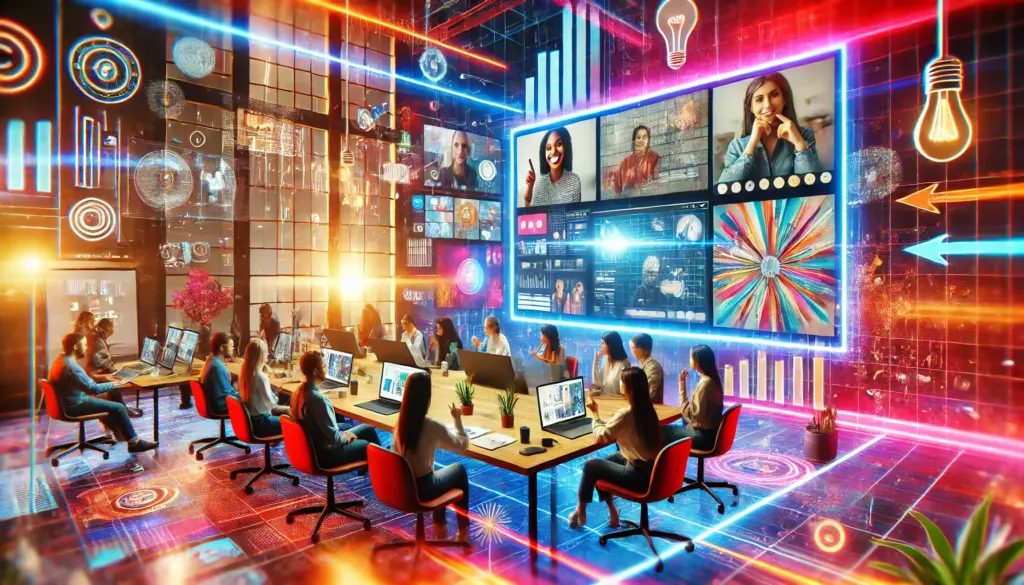
1. Engage with Design Communities
Online communities like Dribbble, Behance, and Awards showcase:
Cutting-edge work.
Emerging trends.
Opportunities for feedback and collaboration.
Regularly share your work, follow thought leaders, and explore innovative projects.
2. Experiment with Emerging Tools
Platforms like Figma, Webflow, and Canva are evolving with features that simplify processes:
- AI-powered tools like Adobe Firefly.
- VR design platforms like Unity.
Dedicate time to experiment with new tools on personal projects to build confidence.
3. Invest in Continuous Learning
Upskilling is essential for staying competitive:
- Platforms like Udemy and Coursera offer courses on AR/VR design, motion graphics, and sustainable design.
Enrol in courses tailored to your career goals, such as AR in digital product design.
4. Embrace Collaboration
Cross-disciplinary collaboration fosters innovation by connecting:
Developers.
Marketers.
Data analysts.
Use tools like Miro or Slack to bridge team gaps for better outcomes.
Shaping Tomorrow’s Digital Landscape
As we’ve explored, the future of digital design lies at the intersection of creativity and technology. From leveraging AI tools and immersive AR/VR experiences to embracing sustainable practices and accessibility, these trends are redefining how we connect with users.
- Now is the time to elevate your designs by experimenting with emerging technologies.
- Master new tools, engage with communities, and push the boundaries of creativity.
Let your next breakthrough in digital design start now with reputed platforms, like Class Room Encounters. Are you ready to lead the way?
